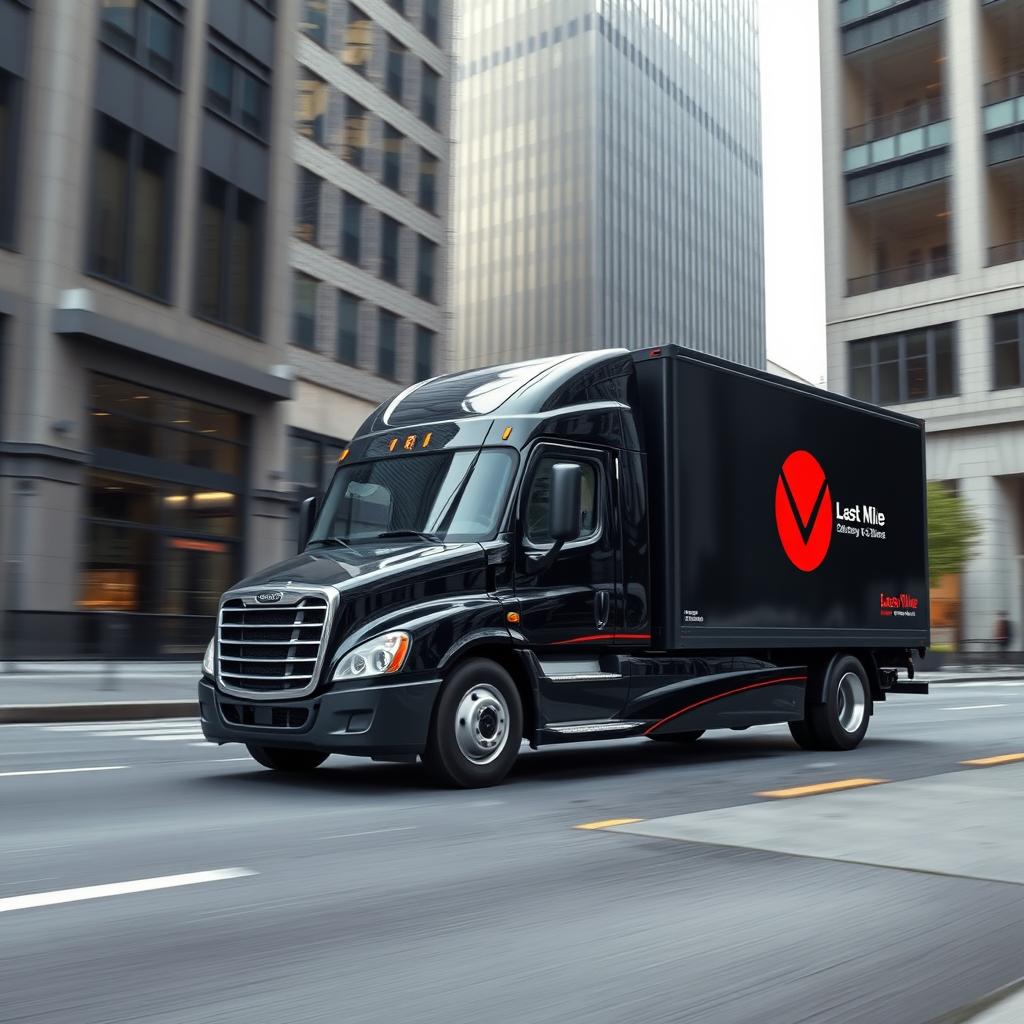The Rising Demand for Last-Mile Delivery in Trucking
The rising demand for last-mile delivery has transformed the trucking and logistics industry dramatically over the past few years. With the explosive growth of e-commerce and changing consumer expectations, businesses are racing to optimize their final delivery leg – the crucial last mile that brings products directly to customers’ doorsteps. In this comprehensive guide, we’ll explore how this evolving landscape is reshaping the trucking industry and what it means for businesses and consumers alike.
Understanding Last-Mile Delivery and Its Growing Importance
Last-mile delivery represents the final stage of the shipping process, where packages move from distribution centers to their final destinations. This crucial segment has become increasingly important as consumer shopping habits continue to shift toward online platforms. According to recent data from the U.S. Census Bureau, e-commerce sales have grown by over 30% since 2020, creating an unprecedented demand for efficient delivery services.
The significance of last-mile delivery extends beyond mere convenience. It’s become a critical differentiator for businesses competing in the digital marketplace. Companies that can offer faster, more reliable delivery services often see higher customer satisfaction rates and increased loyalty.
Key Factors Driving the Demand
- Rapid e-commerce growth
- Changed consumer expectations post-pandemic
- Increased urban population density
- Rise of same-day and next-day delivery options
- Growth in mobile shopping
Challenges in Modern Last-Mile Logistics
The surging demand for last-mile delivery services brings numerous challenges that trucking companies must navigate. Understanding these challenges is crucial for developing effective solutions and maintaining competitive advantage in the market.
Infrastructure and Urban Congestion
Urban areas present particular challenges for last-mile delivery operations. Dense traffic, limited parking, and complex street layouts can significantly impact delivery efficiency. Trucking companies must develop strategic approaches to overcome these physical barriers while maintaining timely delivery schedules.
Cost Management
Last-mile delivery typically accounts for up to 53% of total shipping costs, making it the most expensive segment of the supply chain. Factors contributing to these high costs include:
- Fuel expenses
- Labor costs
- Vehicle maintenance
- Failed delivery attempts
- Return handling
Technological Solutions Transforming Last-Mile Delivery
To meet the rising demand for last-mile delivery, the trucking industry is embracing innovative technologies. These solutions help optimize routes, improve efficiency, and enhance the customer experience.
Route Optimization Software
Advanced routing algorithms and AI-powered software help companies:
- Plan more efficient delivery routes
- Reduce fuel consumption
- Maximize vehicle capacity
- Minimize delivery times
Real-Time Tracking Systems
Modern GPS and telematics solutions provide:
- Live vehicle location updates
- Accurate delivery time estimates
- Proactive delivery status notifications
- Enhanced security monitoring
Sustainability in Last-Mile Delivery
As environmental concerns grow, sustainable last-mile delivery solutions have become increasingly important. The Environmental Protection Agency reports that transportation is one of the largest contributors to greenhouse gas emissions, making sustainable practices crucial for the industry’s future.
Green Initiatives
Companies are implementing various sustainable practices:
- Electric delivery vehicles
- Alternative fuel options
- Eco-friendly packaging solutions
- Carbon offset programs
Future Trends in Last-Mile Delivery
The future of last-mile delivery is shaped by emerging technologies and changing consumer preferences. Several trends are expected to define the industry’s evolution:
Autonomous Delivery Solutions
- Self-driving delivery vehicles
- Delivery robots for urban areas
- Drone delivery systems
Micro-Fulfillment Centers
The rise of strategic urban warehousing facilities helps:
- Reduce delivery distances
- Improve delivery speed
- Lower transportation costs
- Enhance inventory management
Best Practices for Optimizing Last-Mile Delivery
To succeed in the evolving last-mile delivery landscape, companies should focus on:
1. Data-Driven Decision Making
– Analyze delivery patterns
– Track performance metrics
– Implement continuous improvement strategies
2. Customer Communication
– Provide real-time updates
– Offer delivery flexibility
– Maintain transparent communication
3. Training and Development
– Invest in driver training
– Improve customer service skills
– Stay updated on technology
Conclusion
The rising demand for last-mile delivery continues to reshape the trucking industry, presenting both challenges and opportunities. Success in this evolving landscape requires a combination of technological innovation, operational efficiency, and customer-focused solutions. As the industry continues to evolve, staying ahead of trends and maintaining adaptability will be crucial for sustained success.
Ready to optimize your last-mile delivery operations? Our team of experts is here to help you navigate the challenges and opportunities in this rapidly evolving landscape. Contact us today at +1 206-337-4787 to discuss how we can help strengthen your last-mile delivery strategy and improve your competitive advantage in the market.
Take the first step toward transforming your last-mile delivery operations – reach out now and let’s build a more efficient, sustainable, and profitable future together.







